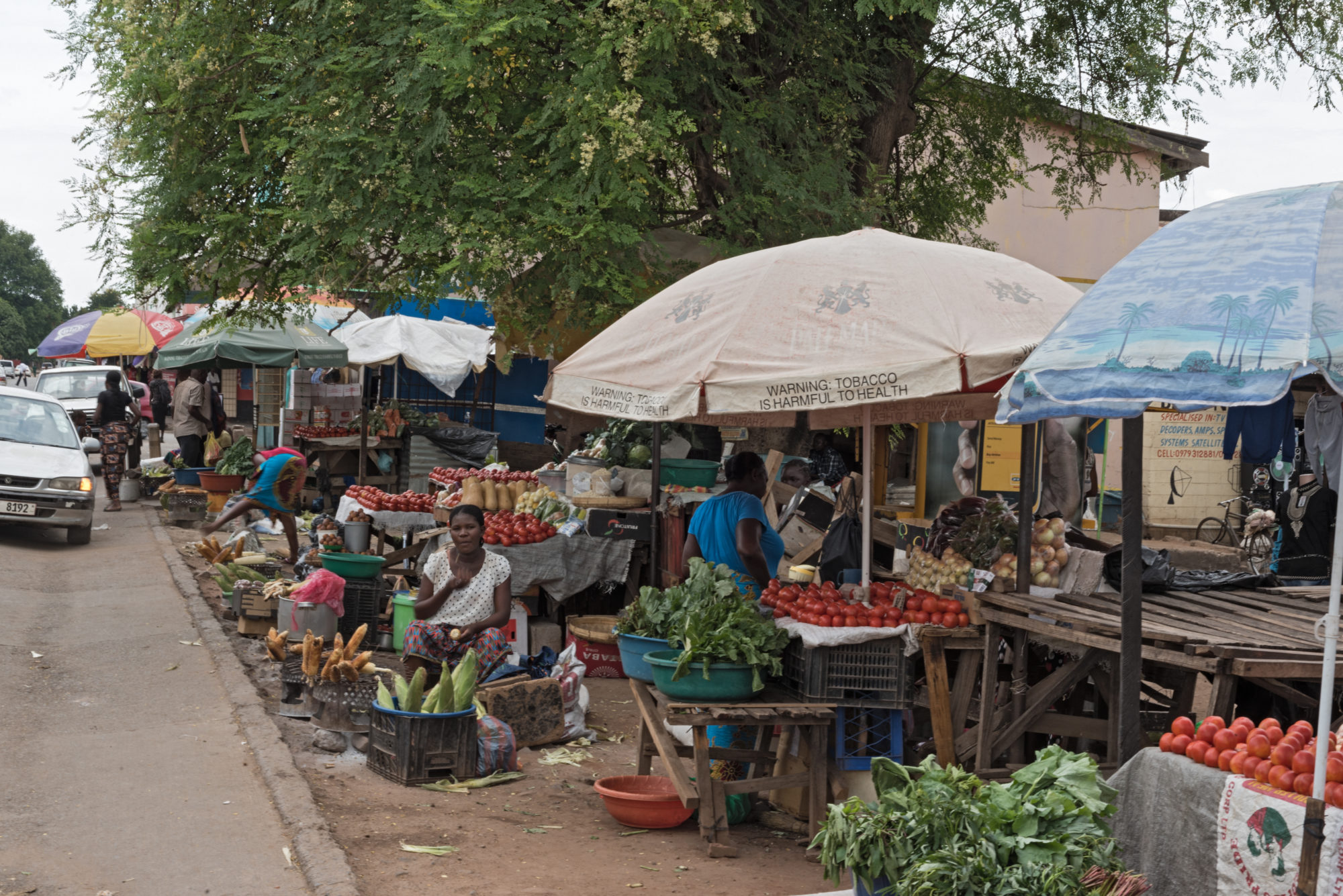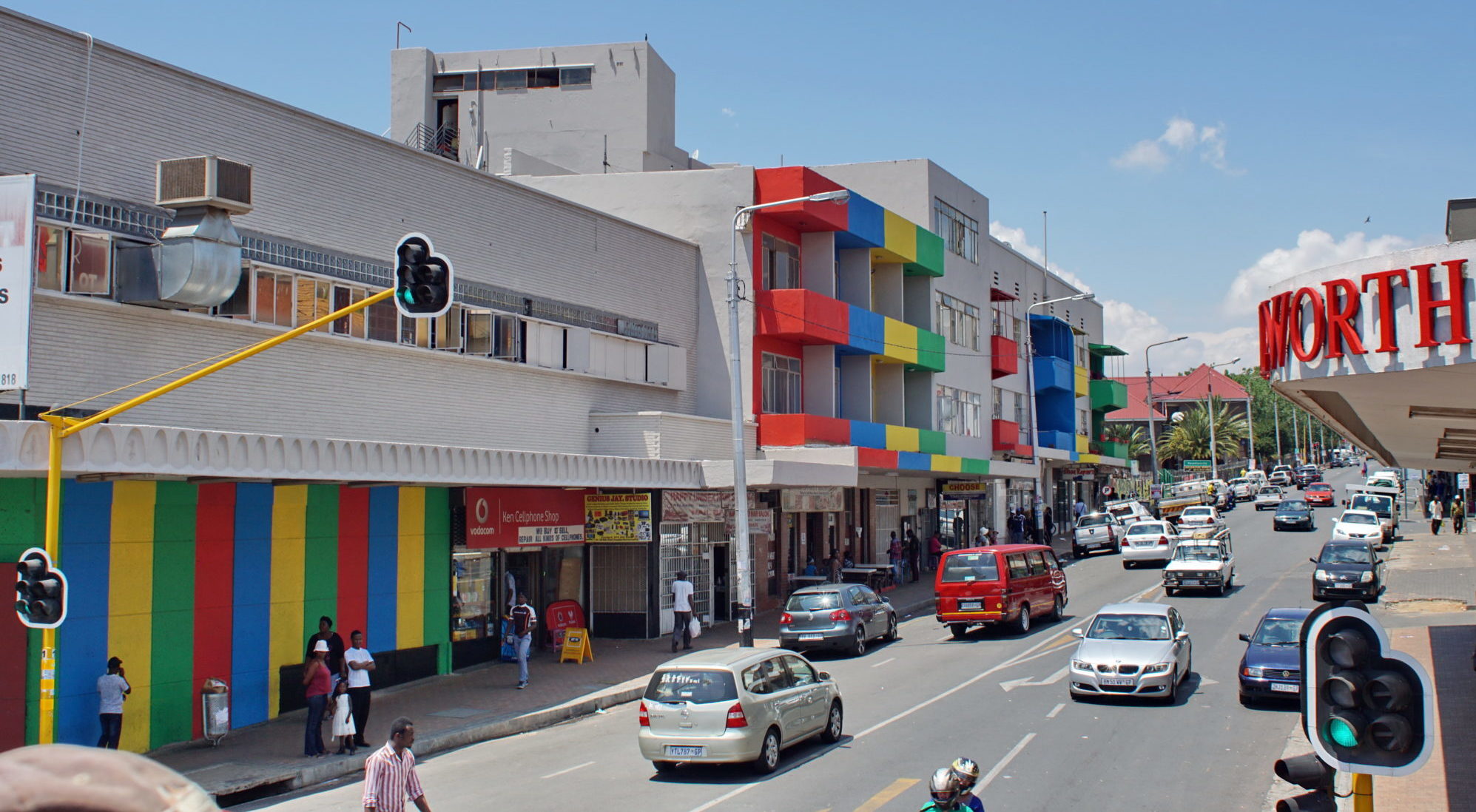
The future of microinsurance regulation in South Africa
This South African National Treasury discussion paper on microinsurance sets out the proposed new approach to the regulation of microinsurance. The proposed approach seeks to balance the need for consumer protection with financial inclusion and reduce the impact of the cost of regulation on the market. It also proposes changes to the way










